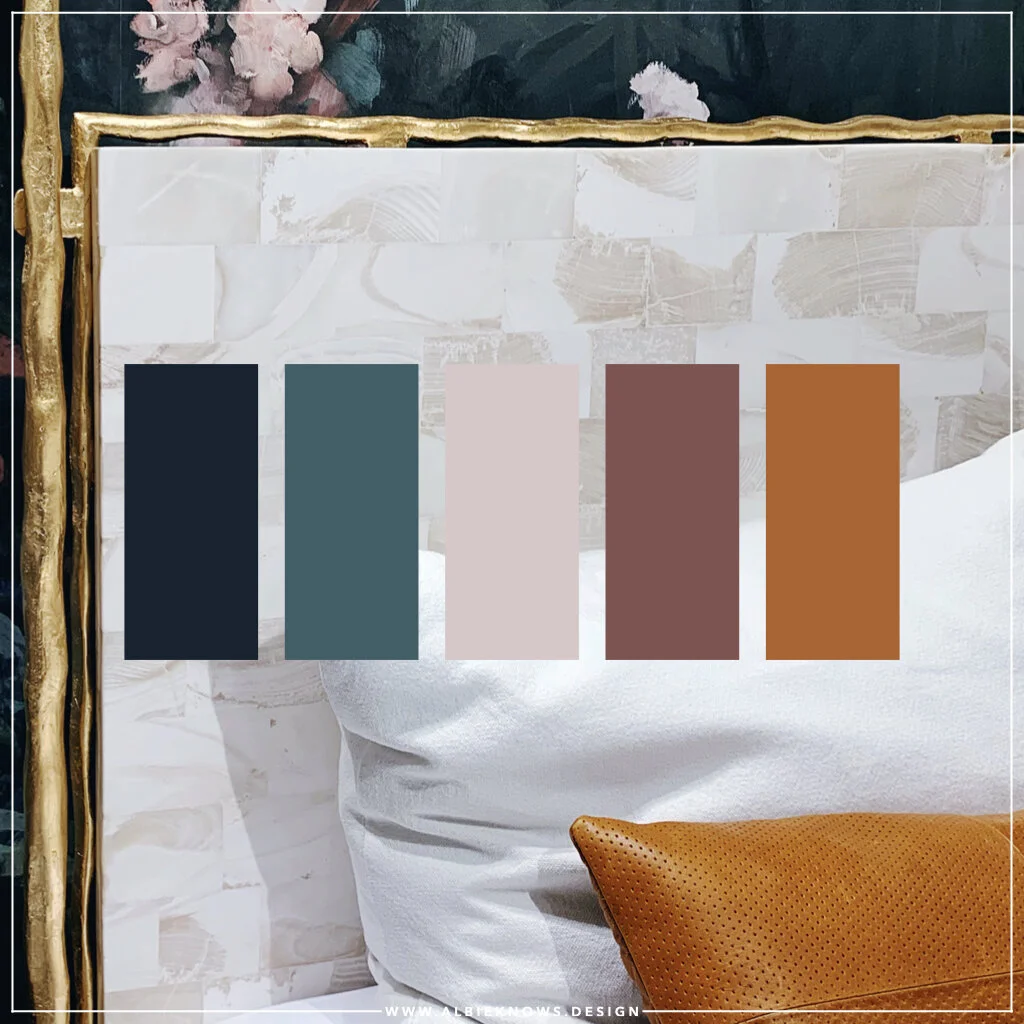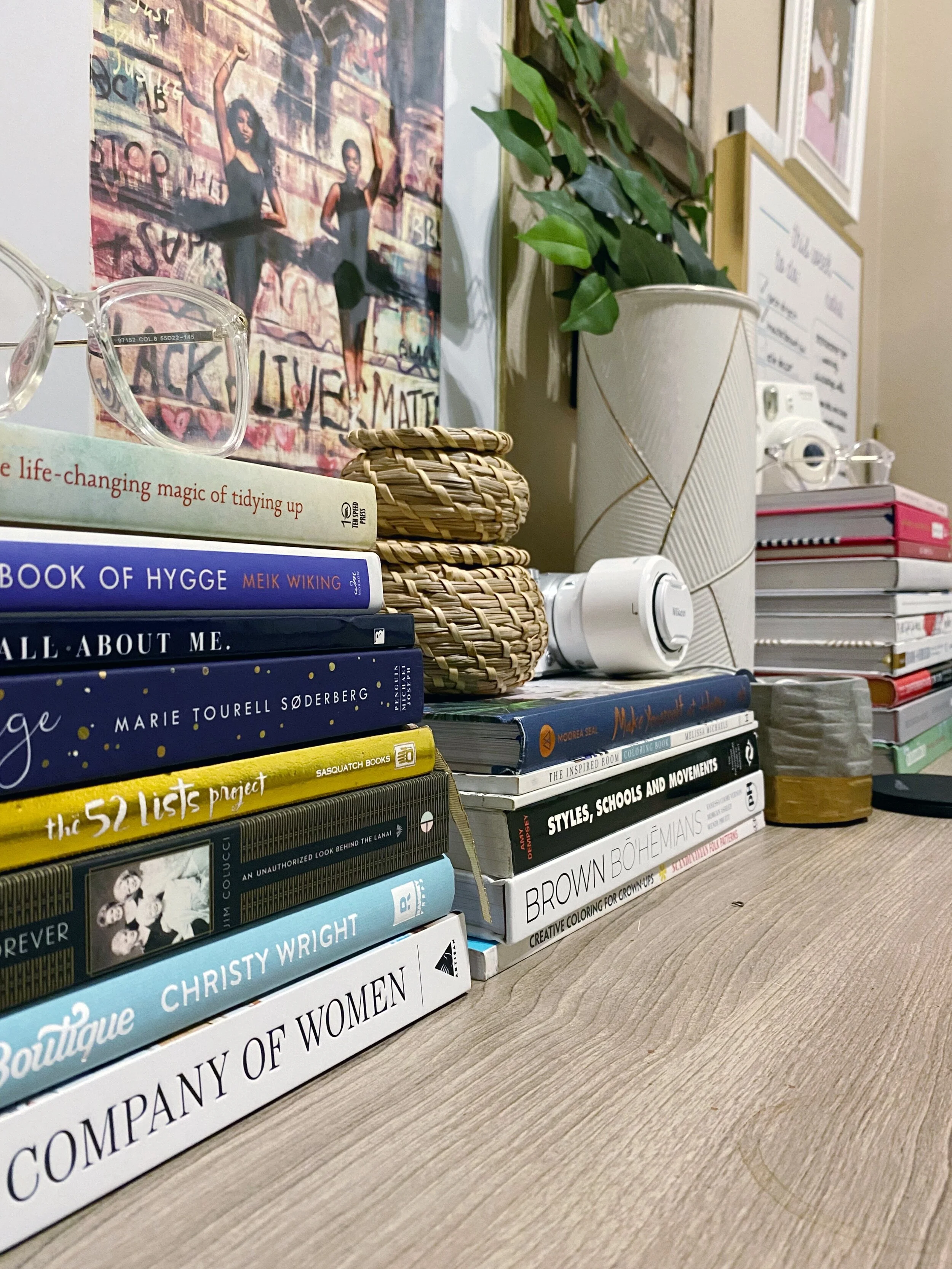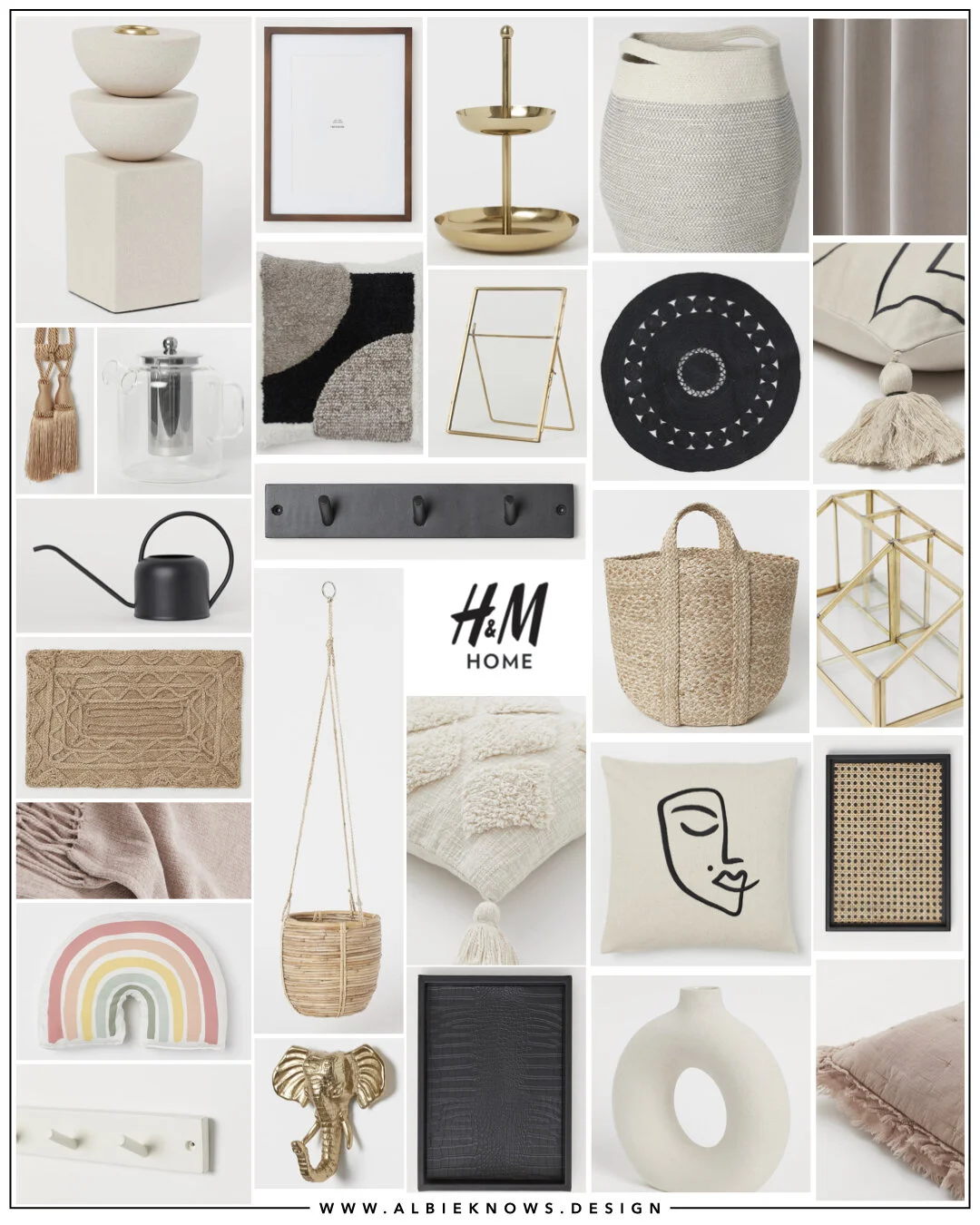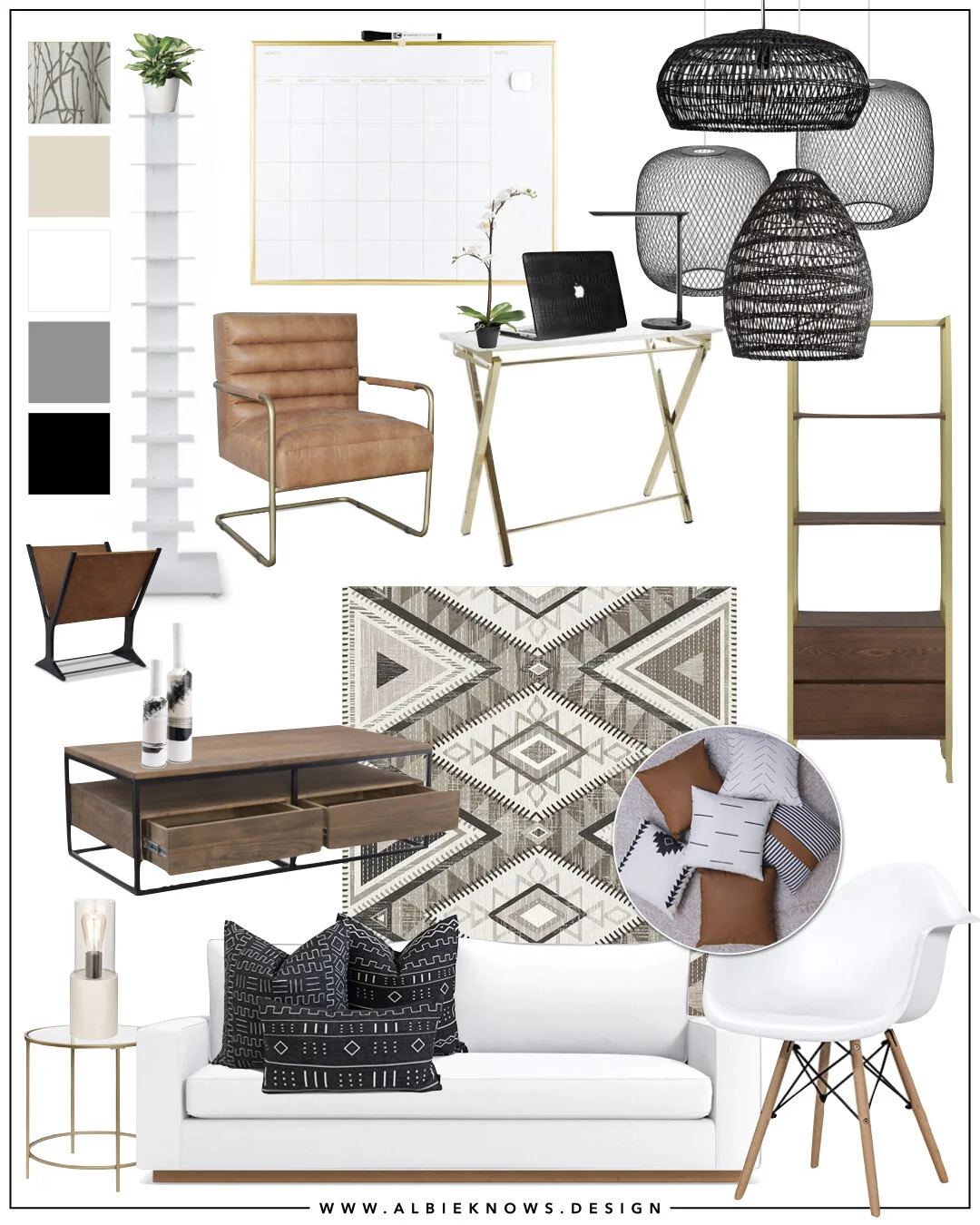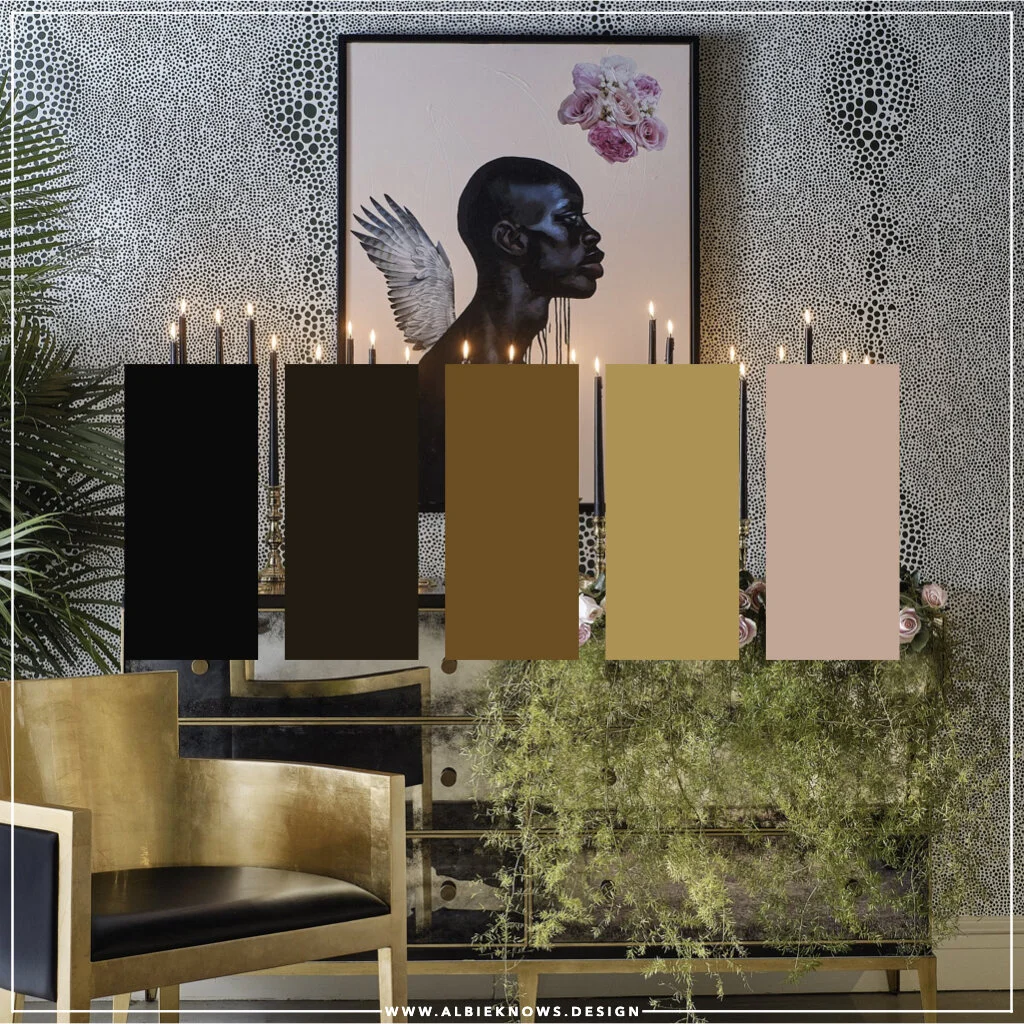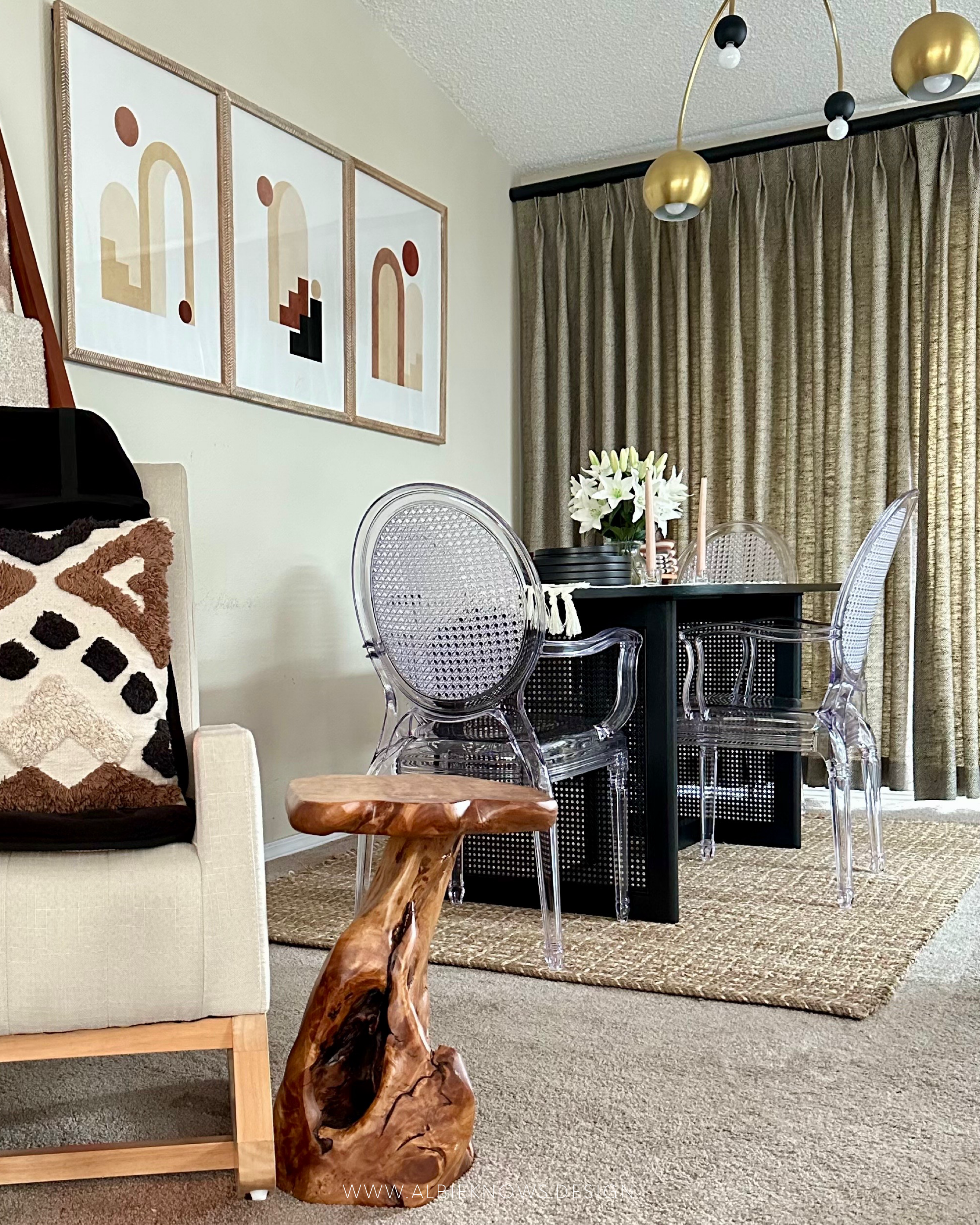The Sankofa Home
Designing a Space That Remembers and Reimagines
In my home, every corner holds a memory.
Every scent, every texture, every color is a quiet nod to something older, deeper, and still alive.
“I’m not decorating just to make things pretty — I’m decorating to remember.”
The more I create a life rooted in coziness and intention, the more I find myself looking back — not with nostalgia, but with reverence. I’m not decorating just to make things pretty — matching swatches, layering textures, choosing the “right” light. I’m decorating to remember.
The walls hold more than paint. The objects carry more than function. The rituals — a warm cup of tea, the hum of a vinyl record, the flicker of a candle — aren't random. They’re reminders of where I come from, what I carry, and who came before me.
There’s a word for that:
Sankofa.
This Ghanaian principle has been echoing through everything I do lately. It comes from the Akan language, and it means “go back and fetch it.” The image is of a bird, head turned backward, retrieving an egg from its own back — a symbol of reaching into the past to bring something vital into the present.
The idea is simple but profound: to move forward, we must first honor where we’ve been.
Sankofa reminds us that nothing is truly lost if we’re willing to return for it and teaches that moving forward isn’t about forgetting — it's about returning.
And for me, that return begins at home.
The Sankofa Home
Designing a Space That Remembers and Reimagines
What Is Sankofa?
Sankofa is more than a word.
It’s a worldview.
Rooted in the culture of the Akan people of Ghana, Sankofa translates to “go back and fetch it”, however, its meaning runs much deeper. It isn’t about living in the past — it’s about learning from it and honoring what came before so we can carry it forward with intention.
It’s often represented by a bird — gracefully moving forward, but turning its head back to retrieve an egg from its back. That egg is symbolic: it holds knowledge, wisdom, truth, and legacy — the truths we carry, even when time tries to make us forget.
Sankofa teaches us that the past isn’t something to abandon — it’s something to learn from. To honor. To carry forward — carefully, intentionally — into the present. In a world that praises constant forward motion, Sankofa whispers something softer: Go back. Remember. Gather what matters.
For Black homemakers — for me — this principle feels especially sacred. So much of our story has been interrupted, rewritten, or erased. In our homes, we get to reclaim it. We get to decide what’s worth holding onto... what returns with us... what becomes part of the next chapter.
Sankofa gives me permission to let my home be a keeper of stories, and root myself in what came before — not to stay stuck in it, but to grow from it.
My Sankofa Home
For me, Sankofa isn’t just a cultural concept — it’s a way of living. A quiet compass that guides how I move through my space, how I make choices, how I remember. When I decorate, I’m not doing it to impress. I’m doing it to remember. There’s a tenderness in surrounding myself with things that hold meaning. A softness in letting legacy take up space. Sankofa is letting my home be an extension of my lineage, not an escape from it. It shows up in the smallest details —
A wooden spoon that resembles the one my mother used to stir pots of love.
An old quilt folded at the end of mini's bed, frayed with use but full of story.
A black & white photo of women who prayed before I ever knew their names.
Incense that reminds my husband of time spent with his grandmother.
An inexpensive vase that echoes the ceramic pieces my mother would showcase in her dining room armoire.
None of these things are flashy or trendy... but they matter because they tether us to something real... something rooted. These small, ordinary things are sacred. Instead of a need to constantly chase what’s new, I can find beauty in what’s already been and power in bringing it forward.
In a Sankofa home, nothing is just decoration. Everything is connected. Everything carries a story.
A Home That Remembers
When I say my home remembers, I mean it.
Every object, every scent, every corner is part of a quiet story — even if no one’s telling it out loud. That’s the gift of a Sankofa home: it holds memory without needing to explain itself. When I wrap myself in a quilt stitched by hands I’ll never meet, I’m remembering. When I light a candle that smells like my mother's church perfume and Sunday dinners, I’m remembering. When I fill my shelves with books by Black women who speak to my soul, I’m remembering — and rooting myself more deeply in who I am.
These aren’t just objects or rituals — they’re echoes. They carry voices I never want to forget, and offer comfort that words can’t. Even the textures tell a story — woven throws, sun-warmed wood, clay bowls. My palette leans neutral, but it’s far from flat. It’s grounded in tones that feel like they’ve lived a life, and a subtle reminder that softness isn’t something new — it’s something I’ve always carried, even when the world has tried to take it.
And then there are the rituals — Boiling tea leaves. Replaying a record that sounds like childhood Saturday mornings. Dusting off old photo albums with spines that have been touched by three generations. This is what it means to design with memory… to build a home that doesn’t just look like you, but feels like where you come from. In a Sankofa home, legacy isn’t framed behind glass. It’s lived in, touched, used, loved, and still becoming.
Legacy is in the Details.
“A Sankofa home isn’t curated for show. It’s created for meaning, lineage, and love.”
Designing with memory is one thing. Designing for legacy is another. One honors the past. The other prepares a future worth remembering. When I think about legacy, I don’t think about big, grand gestures. I think about the everyday beauty that lives quietly in our spaces... the things we pass down without even realizing — not just objects, but habits, values, energy.
A Sankofa home isn’t curated for show. It’s created for meaning, lineage, and love. It's mixing the old with the new — not just stylistically, but spiritually. It’s a passed down quilt on a sleek, modern bed or a recipe scrawled in fading ink remade in a brand-new cast iron pot. Even the things I buy today, I choose with the future in mind. What will be worth keeping? What stories will they tell my daughters?
Sometimes legacy looks like a corner of quiet intention. Sometimes it sounds like the playlist I put on while cooking Sunday dinner. Sometimes it smells like the same brewing the only coffee brand my father drank. Sometimes it’s in the way my husband cares for our plants, or the way I care for myself.
I’m not just decorating a home — I’m shaping an inheritance… not just of things, but of feeling. I want the people in my home to know that softness is allowed here, that joy can be sacred, and that we don’t just survive... we live.
Where Sankofa Meets Hygge
If you’ve been here a while, you know I’ve written a lot about Hygge — the Danish art of coziness, comfort, and slowing down. It’s a way of living that invites softness, stillness, and gratitude into the everyday. A candle lit just because. A warm drink in hand. Soft textures and slower mornings. The sacredness of presence.
Lately, I’ve been thinking about how that same craving for comfort also lives in Sankofa. Alongside that softness, Sankofa has emerged as something deeper — not just about how I rest, but why.
These two philosophies come from different corners of the world — one Nordic, one West African — but they’re not opposites. They’re companions.
Where Hygge soothes, Sankofa roots.
Where Hygge invites stillness, Sankofa calls for reflection.
Where Hygge whispers rest, Sankofa answers with remembrance.
Where Hygge focuses on comfort, Sankofa centers connection — to history, to ancestry, to what came before.
For me, these ideas don’t compete — they complete. The Sankofa Home is where these two meet. Hygge is the how: how I wind down, how I soften my space, how I savor small joys. Sankofa is the why: why I surround myself with certain objects, why certain rituals matter, why memory lives in my design choices. Together, they help me build a home that feels both deeply comforting and deeply connected. It’s where coziness carries culture.
A Comparison of Intentional Living Philosophies
Reclaiming Softness & Redefining Home
For so long, we’ve been told to be strong… to be productive… to be unbreakable. Sankofa reminds me that softness is not a weakness — it’s returning to ourselves.
I’m not creating a museum — I’m creating a life. I'm creating a space that moves with me, holds who I was, and makes room for who I’m becoming. This means honoring traditions while writing new ones. This is what it means to reclaim — to take what was survival, and turn it into softness... to take what we inherited, and reimagine it with intention... to build a home that holds both legacy and liberation.
So I slow down and let myself be held by the walls I’ve built — not just physically, but emotionally and spiritually. It's...
making tea the way my parents did, and sipping it while I play cozy games that bring me joy.
creating a plant care routine that’s part nurture, part therapy.
styling my space with both family heirlooms and pieces that reflect our tastes and story.
“The Sankofa Home is where legacy becomes lifestyle.”
For me, cozy isn’t just an aesthetic. It’s a spiritual act. It’s the way I say I am safe here, I am free here, I am whole here. “The Sankofa Home” is where legacy becomes lifestyle. It’s where I reclaim rest as my birthright — not because I’ve forgotten the struggle, but because I’ve finally given myself permission to simply be.
If you’re building your own Sankofa home — one rooted in legacy and lit with love — I hope you give yourself permission to fill it with more than trends. This isn’t about curating the perfect space. It’s about creating a space that carries meaning and memories... a space that honors where you’ve been, reflects where you are, and gently holds space for who you’re becoming.
I invite you to pause and ask yourself: What are you bringing forward? What stories live in your walls? What healing is happening between your four corners?
My Sankofa home isn’t perfect. But it’s mine.
Rooted. Reclaimed. And full of light.
Stories that hold history. Words that warm a room.
The Sankofa Bookshelf
A curated library of memory, culture, healing, and home — this soulful, Sankofa-aligned booklist is rooted in Black homemaking, legacy, softness, and reflection. These titles belong on a shelf or a coffee table, but more than that, they belong in the kind of home that remembers.
A blueprint for The Sankofa Home. This book explores the beauty and history of Black homes across generations — from decor to tradition, aesthetics to inheritance. Rooted, radiant, and rich with culture.
Beloved by Toni Morrison
Haunting, masterful, and deeply tied to memory, motherhood, and the homes we make after loss.
A vibrant, visual anthology that feels like a Sankofa home in book form — rooted, layered, and unapologetically expansive.
A lyrical poetry collection about family, lineage, and becoming — full of echoes, love, and soft resistance.
Part prayer, part meditation, part balm. This book offers sacred reflection for the modern soul — honoring both ancestral grief and the radical act of resting, feeling, and being human.
This visual anthology weaves together photography, history, and cultural memory to honor Black identity in all its richness. A testament to resilience, grace, and everyday magic, this book reads like a love letter to the culture — framed in imagery.
This visually stunning book celebrates the creativity, light, and magic of Black artists and makers. A love letter to community, color, and identity, it belongs in every space where design and soul meet.
A sweeping culinary history that traces Black foodways from Africa to America. Harris writes with reverence, showing how recipes carry memory and how the kitchen can be both an altar and a archive.
A joyful, hilarious, and soul-rich dictionary of the language that raised us. This book doesn’t just define phrases — it honors them, framing Black vernacular as both cultural legacy and daily poetry. A playful but profound reminder that our words carry weight.
A stunning showcase of spaces designed by 50 Black creatives who are redefining the look — and soul — of modern interiors. This book is about more than aesthetics — it’s about legacy, storytelling, and reclaiming space as a site of identity, beauty, and joy.
Bold, vibrant, and deeply reverent, this illustrated collection honors both iconic and unsung Black changemakers across time. With rich visuals and poetic reflections, it reads like a curated altar — paying tribute to those who shaped the world we walk in.
A poetic, scholarly meditation on Black life, loss, and remembrance — ideal for deeper reflection.
A powerful photographic archive from the man who visually defined the “Black Is Beautiful” movement of the 1960s. These portraits are soft and striking — a celebration of Black beauty, pride, and presence that belongs in every Sankofa home.
Part memoir, part affirmation — a modern blueprint for defining your path, identity, and space on your terms.
Required reading for reclaiming rest as a birthright — a deeply personal and cultural invitation to slow down.
A novel exploring identity, memory, and roots — through the story of a woman discovering her father’s past in Ghana.
Soul of a Nation by Mark Godfrey
This landmark exhibition book highlights the revolutionary art of the civil rights and Black Power eras — capturing the political, poetic, and spiritual force of Black creativity. It reminds us that art has always been part of the resistance and the ritual.
Hair is heritage — and this book proves it. A rich exploration of the artistry, politics, and cultural power of Black hair across time, Textures treats the everyday ritual of hair as sacred, beautiful, and deeply personal.
More than a book — it’s an archive. A raw and remarkable visual record of Black American history, this collection pulls together photographs, newspaper clippings, documents, and art that make the invisible, visible.
This powerful anthology reclaims the narrative of Black design — exploring how identity, space, and culture shape the way we create. A must-have for any home that honors intention and innovation.
A powerful trilogy exploring womanhood, trauma, generational memory, and healing — with deep reverence for ancestry, spirit, and survival.
A vibrant and radical showcase of Black photographers and stylists who are reshaping the visual language of beauty, identity, and style. Both a work of art and a statement of presence, this book brings legacy into the lens of the present.
The Warmth of Other Suns by Isabel Wilkerson
An epic, beautifully told history of the Great Migration — perfect for understanding how movement, memory, and home intersect.
Things Fall Apart by Chinua Achebe
A seminal novel exploring pre-colonial Igbo life, cultural memory, and the consequences of forced erasure. Achebe’s storytelling reminds us that reclaiming our past is not just personal — it’s collective.
Worn but Whole: Poems of Healing, Black Womanhood, and the Journey to Wholeness by Mara J.
A deeply personal collection of poems exploring healing, Black womanhood, and the journey back to self. This book speaks softly to the parts of us that are tender, tired, and still becoming — a beautiful companion for any home built on reflection and restoration.








